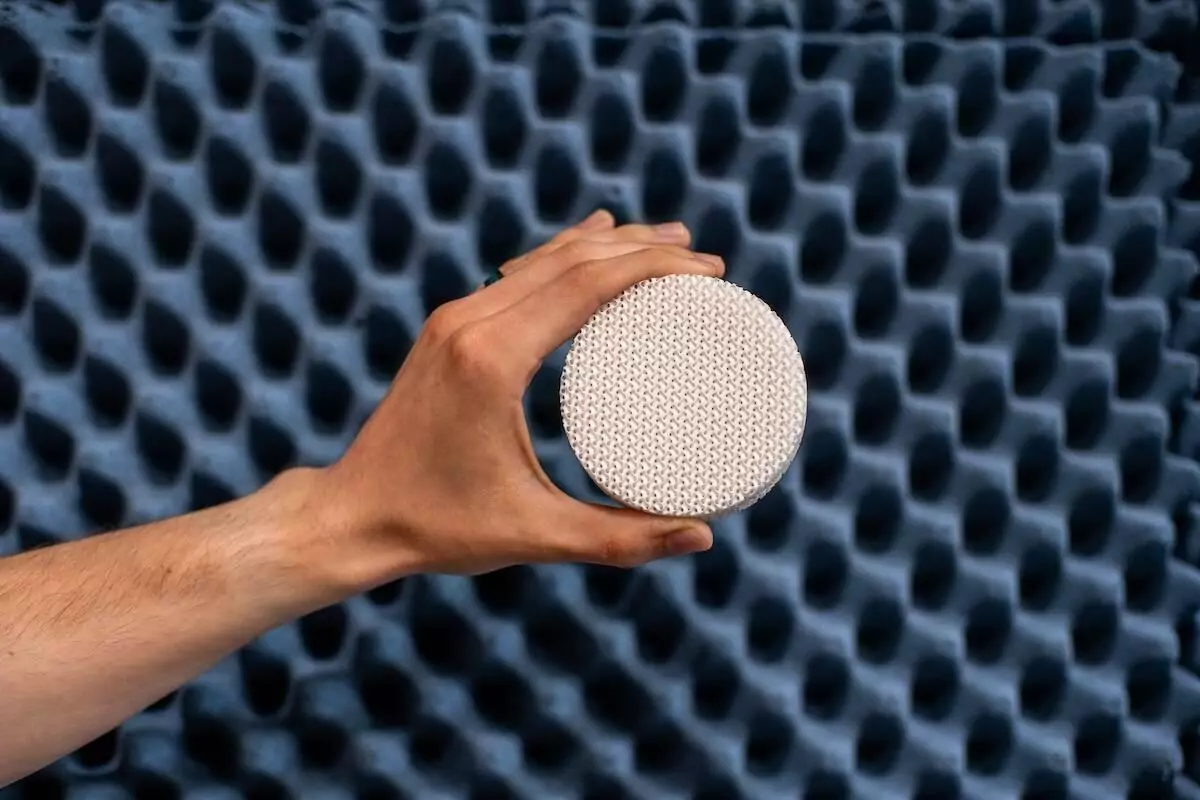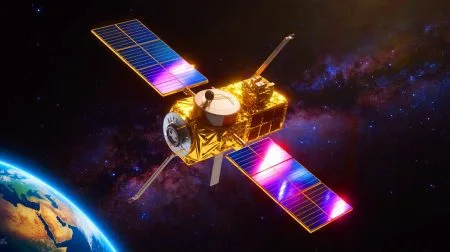| IN A NUTSHELL |
|
In an era where the demand for high-speed internet is surging, the U.S. Army is spearheading a technological revolution with the development of a groundbreaking antenna system. This innovation promises to deliver the speed of 5G networks while using a mere 10% of the energy compared to current systems. As the world grapples with the energy demands of advanced technology, this new solution offers a beacon of hope. At a time when each 5G base station consumes as much energy as 73 U.S. households, the implications of this energy-efficient technology could be transformative for both military and civilian applications.
Revolutionizing Wireless Technology: The New Low-Power Antenna
The new low-power antenna is a type of millimeter-wave gradient index (GRIN) lens antenna, marking a significant leap in wireless technology. Although GRIN lenses have been around for over a century, the idea of applying them to 5G networks was once considered far-fetched. Jonathan Chisum, an associate professor in the Department of Electrical Engineering, has been at the forefront of this innovation. He observed that a substantial portion of the cost to operate cellular networks stems from electricity usage, primarily due to the multiple antennas required for different frequency bands.
This led to a simple yet revolutionary idea: What if one wideband antenna could replace many power-hungry chips? By leveraging the physics of materials, Chisum and his team have been able to design an antenna that performs the work traditionally done by numerous components. This advancement could drastically reduce operational costs and improve the efficiency of 5G networks, making it a viable option for widespread use.
Breakthrough in Wideband Beam Steering
Over eight years of meticulous research, Chisum and his lab have made groundbreaking discoveries in wideband beam steering. These findings have enabled the creation of an antenna capable of operating across all 5G frequency bands, a feat previously deemed unattainable. The antenna’s wideband and low-power capabilities make it particularly valuable to the U.S. Army, which operates 5G networks globally across varying frequencies.
Chisum emphasized the importance of this capability, noting that it can be integrated into mobile platforms due to its small size and lightweight nature. For the Army, a wideband solution that consumes minimal power is not just beneficial but essential. The potential applications for this technology extend beyond military uses, promising enhancements in commercial and civilian mobile networks as well.
5G-On-The-Move: A New Era of Connectivity
The introduction of this technology could usher in a new era of connectivity with its “5G-on-the-move” solution. This advancement promises improved efficiency, safety, and versatility once implemented. While the development of the new technology is a significant milestone, it represents only the first step in deploying it for civilian use. Researchers in Chisum’s lab are working diligently to refine digital models of the lens antenna using advanced computer-aided design software.
To transition from conceptualization to real-world application, Chisum’s lab has assembled a team of industry partners. This collaboration includes leading vendors with expertise in wireless networks, antennas, and additive manufacturing tailored to GRIN media. Together, they aim to bring this revolutionary technology from the lab into the broader field, potentially transforming how we perceive and utilize wireless networks.
Crafting Innovation: The 100-Hour Prototype Process
The creation of this antenna isn’t just about advanced technology; it’s also a testament to meticulous craftsmanship. Researchers have showcased an antenna prototype, constructed layer-by-layer through a painstaking 100-hour process. Each antenna utilizes a 3D-printed dielectric material with a repeating pattern of gyroid cells, highlighting the intricate design and attention to detail involved in its construction.
Nicolas Garcia, CEO of Cheshir Industries, expressed his excitement about the project, emphasizing its significance in advancing national wireless capabilities and marking a milestone in the commercialization of wideband GRIN antenna systems. As these prototypes evolve, they pave the way for future innovations in wireless technology, potentially reshaping industries and enhancing connectivity worldwide.
As we stand on the brink of a technological revolution in wireless communication, the potential impact of these innovations is vast. By drastically reducing energy consumption, this new antenna technology offers a sustainable path forward for 5G and beyond. Could this be the beginning of a new era where high-speed connectivity and energy efficiency go hand in hand, revolutionizing industries and changing lives globally?
Did you like it? 4.4/5 (21)








Wow, only 10% energy for 5G speeds? That’s some serious sci-fi stuff right there! 🚀
I’m skeptical. How long until this tech is actually available for everyday use?
Can this technology be adapted for civilian applications, like in rural areas with poor connectivity?
Thank you for this fascinating article! It’s great to see advancements in energy efficiency.
Did anyone else notice the typo in the title? “Outpaced” should be “Outpaced” 😜
100-hour process for a prototype? That’s dedication! I hope it pays off.
I’m interested in how this will impact cybersecurity. Will faster networks mean more vulnerabilities?
Impressive! But how will this affect current 5G infrastructure? Will existing devices be compatible?
Is this the same tech that will be used in the upcoming military communications systems?
Thank you for the detailed breakdown. Great to see universities leading the charge in innovation.
Seems like the US is pulling ahead in the tech race again. Interesting times! 🇺🇸
How does this new antenna compare to existing technologies in terms of range and reliability?
So, when can we expect to see these antennas in our smartphones? 😁📱
If it’s so energy-efficient, why isn’t this being used in all military operations already?
This is a big leap forward in tech! Excited to see what comes next.
Energy efficiency is great, but what about the environmental impact of 3D printing these antennas?
I hope this technology stays secure and doesn’t fall into the wrong hands. 🔒
Could this technology help reduce emissions from data centers by making them more efficient?
Thanks for the article. I learned a lot about GRIN lenses today! 📚
Does this mean we can finally get decent Wi-Fi on airplanes? ✈️
How does this compare to other countries’ advancements in 5G technology?
I’m curious about the long-term durability of these 3D-printed antennas. Any insights?
This sounds like the start of a new tech revolution. Exciting stuff! 🚀
How has Russia responded to this announcement? Any comments from their tech sector?
It’s amazing what can be achieved with collaboration between universities and industry partners.
Hope they can roll this out quickly and make a real difference in energy consumption.
Wait, so does this mean my phone bill will finally go down? 🤔
Will this tech be used only in the US, or are there global partnerships in the works?
Seems too good to be true. What’s the catch? 🤨
Great article! Looking forward to more updates on this technology.
Is there any talk of open-sourcing this technology for broader community development?
Can’t wait until this tech hits the market! It’s going to revolutionize connectivity. 📡
Can this be integrated into existing smart city projects to improve urban connectivity? 🏙️
Sounds amazing! But what about the cost? Will this tech be affordable for all?
This could be a game-changer for developing countries struggling with energy costs. 🌍